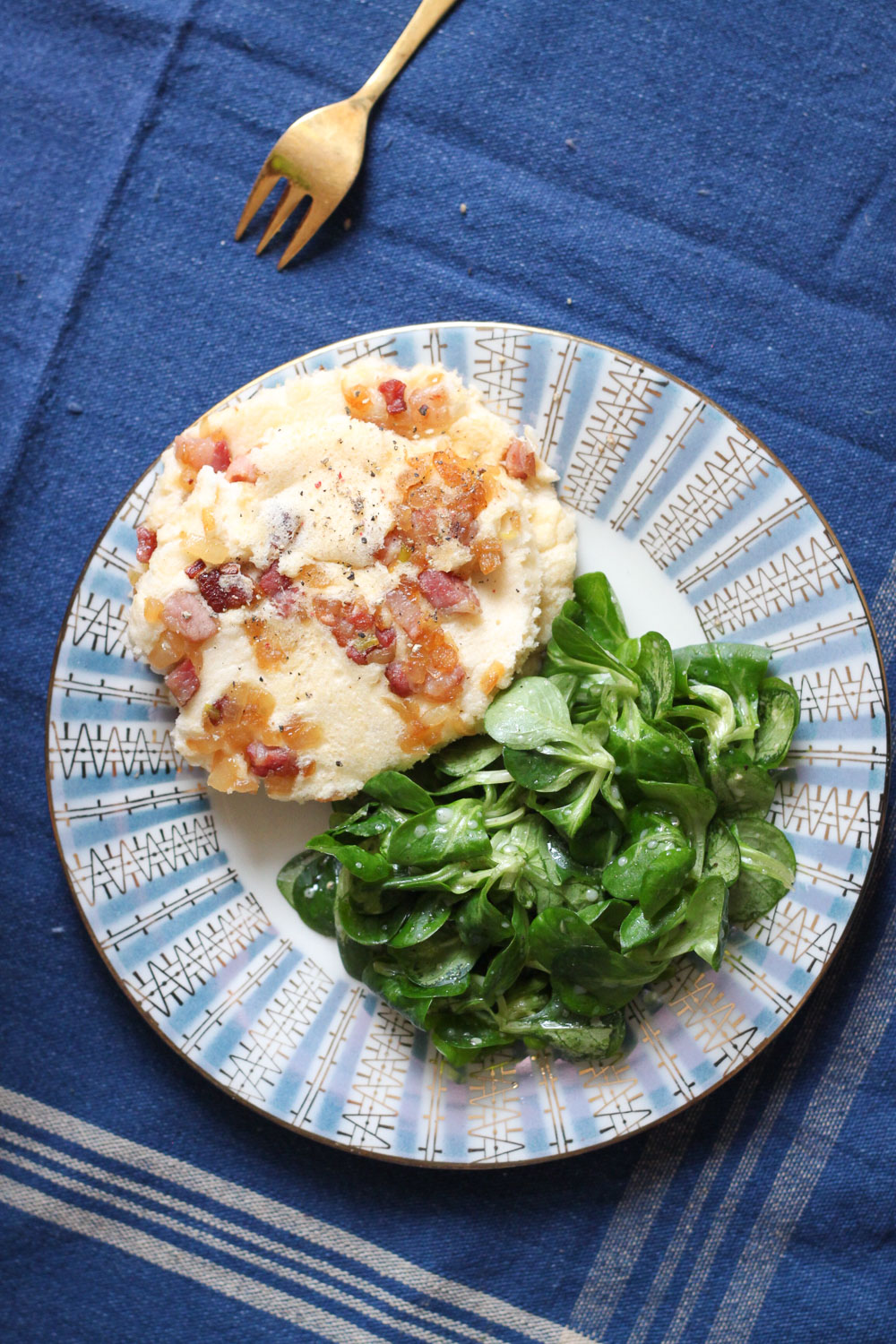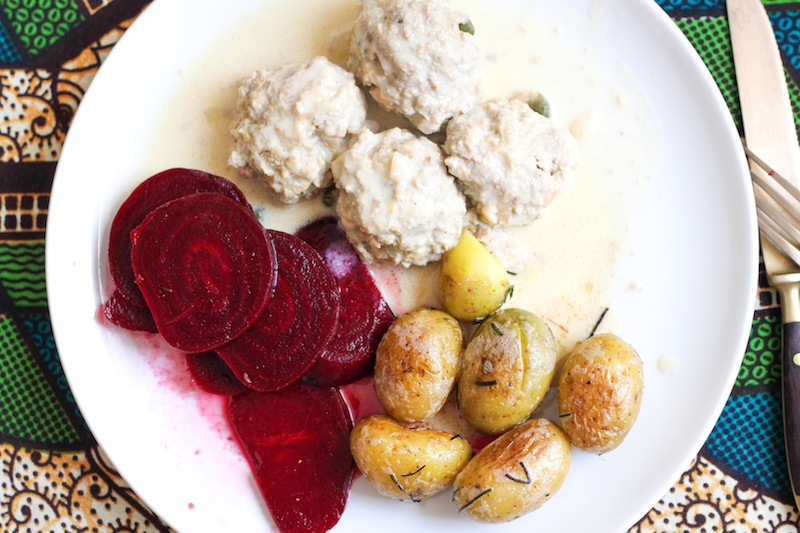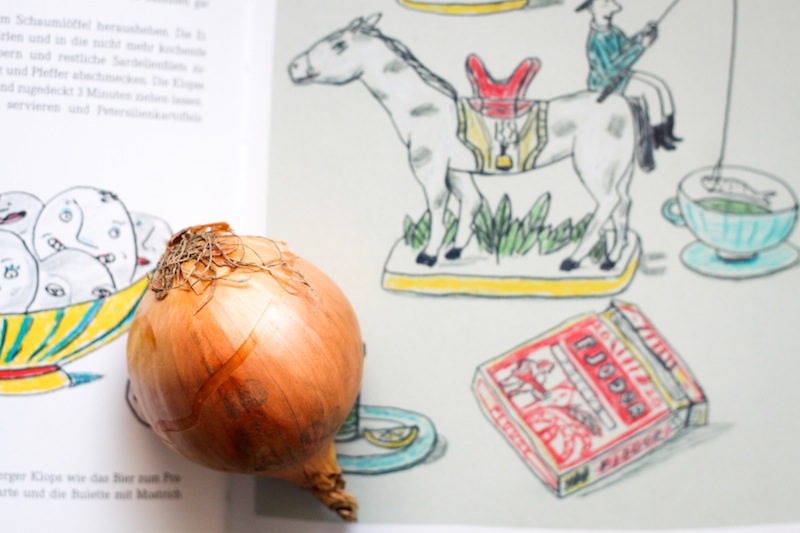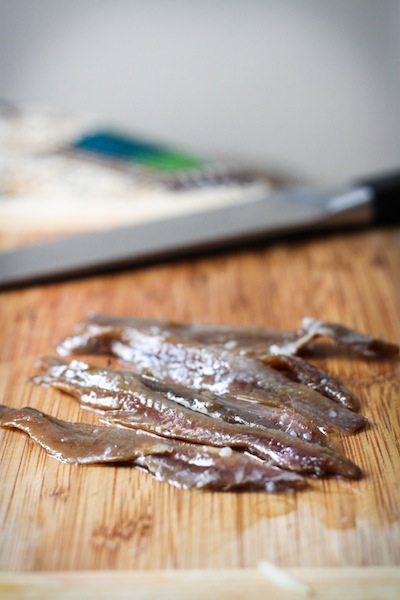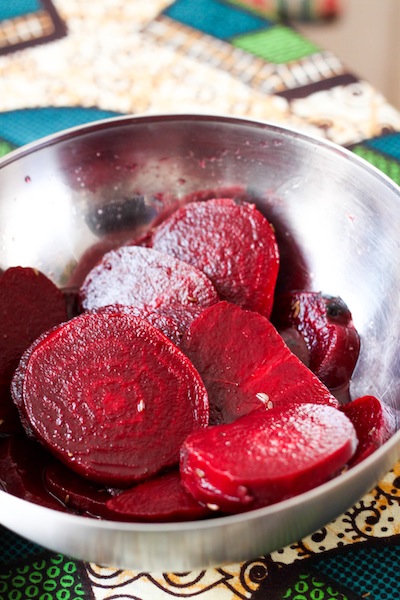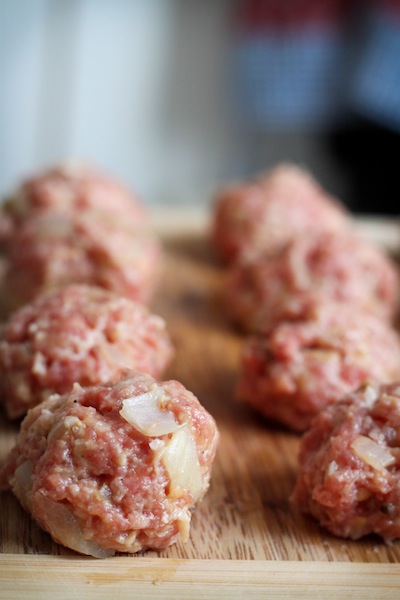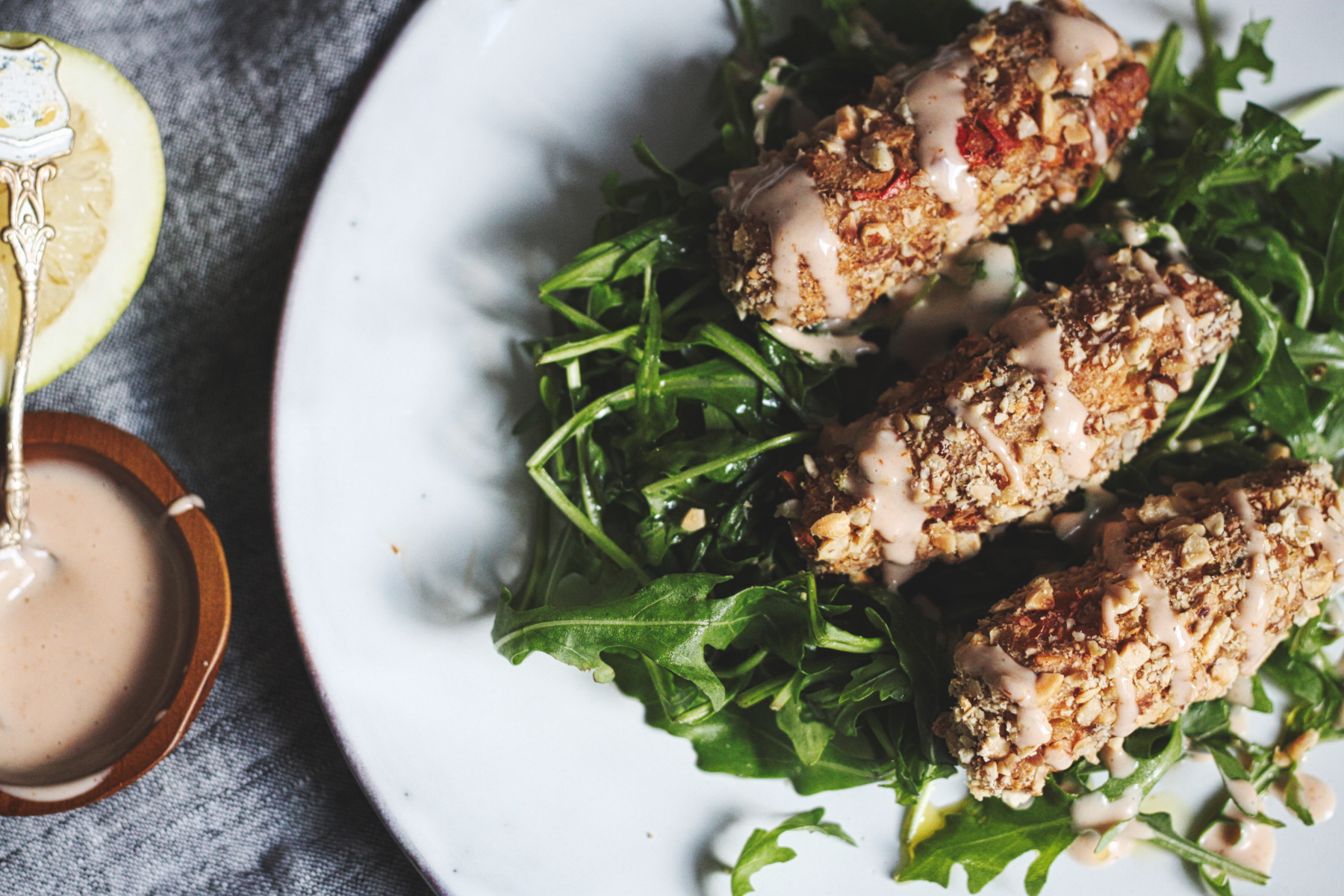
In Berlin, if you blink too fast you’ll miss fall. For the last ten years, I’ve stubbornly insisted that fall is my favorite season. But this year, as I celebrate my decennial in this city, I will finally give up the fight and align myself with team summer. In part, it’s because I recently spent two weeks in my ancestral homeland remembering what a glorious fall is supposed to feel like. The days are still slow-baked with sunshine, but there’s a breeze that tugs against it as night falls. The late-September leaves are just starting to dip-dye orange and red and yellow. It’s sweater weather. It’s decorative gourd season. I have no feelings about pumpkin spice, but maybe I’ve just been away too long.
At the apple harvest festival, held each year in Adams County, Pennsylvania, I reanimated a twenty-year old memory. There were the vats of apple butter being stirred, the Boy Scouts selling hot apple cider. The chainsaw carving demonstration, the craft stands, the antique hand-cranked machine that makes friendship bracelets. The apple fritter, scooped fresh from a bubbling vat of oil and dusted with powdered sugar, so hot it’s hard not to burn your tongue. I grew up in apple growing country, and it has spoiled me for the supermarket. Outside Gettysburg, there’s an orchard market that always provided our autumn apples – they’d have big wooden crates piled high with different varieties, some standard, some heirloom, and we’d fill a big paper bag with them, plus maybe a pumpkin or two and whatever late summer fruits were still coming off the trees. Mom’s apple pie is the best apple pie, but the secret is Hollabaugh’s apples.
The apple fritter, scooped fresh from a bubbling vat of oil and dusted with powdered sugar, so hot it’s hard not to burn your tongue. » Continue reading this post...



